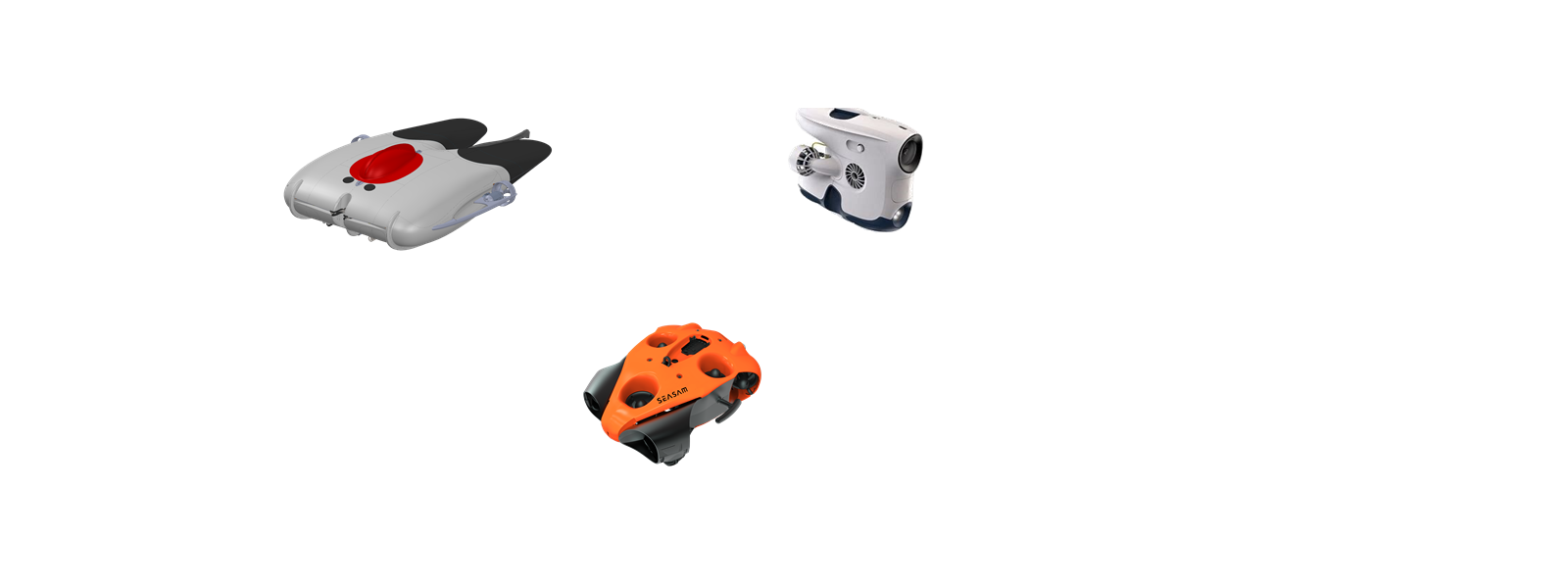Senior Researcher
- Bergen
beto@norceresearch.no
+47 56 10 78 25
MarTERA UNDINA; Underwater robotics with multi-modal communication and network-aided positioning system

UNDINA aims at providing a reliable, compact, plug-and-play communication, networking, and positioning system specifically designed for resource constrained AUVs, having easy manoeuvrability, low weight, small dimensions, and low associated operational costs.
Three AUV prototypes with optimized integration of the DINA system will be delivered within the project. These prototypes will demonstrate three on demand services: a) large data loads collection from remote sensors; b) coordinated and/or remotely controlled inspection of underwater infrastructure; and c) activation of a remote sensor.
These functionalities are important in a range of applications where both cabled and wireless remote underwater and seafloor infrastructures are deployed. The ocean industries all aim at increasing the amount of autonomous, unmanned operations and maintenance. This reduces vessel time, man-hours costs, and offshore work including Health and Safety risks. It further optimizes value creation in industrial processes. Examples of industrial underwater infrastructures that need regular inspection are open-water and coastal fish farming nets, floating wind turbines, and Oil & Gas installations. UNDINA improves communication and positioning capabilities of small and low-cost AUVs, thus enabling networking solutions for scalable sensing technology.
Current single technology communication and positioning solutions suffer from local and/or temporal unreliability of the data transfer quality. Being able to rely on different communication technologies, when the distance between transmitter and receiver allows it, makes the communication and positioning system more reliable, robust to space-time varying water conditions, and more accurate than existing solutions.
The project is led by NORCE, and in addition to WP1, the work package covering project management, dissemination, IPR handling and other overarching activities, the technology is developed by four scientific work packages.
WP2: Specifications,uses, sustainability
WP3: Communication and positioning module
WP 3 deals with the design and implementation of multi-modal communication and positioning module with an opportunity to select the operation mode, e.g., optical mode only for high bitrate data exchange, or a combination of the optical mode and acoustic mode for simultaneous bi-directional data exchange (e.g. for positioning/commands/status/service data through acoustics and payload data through optics), or acoustic mode only when optical one is not available.
Design and implementation of a programmable protocol stack that will run in the drones and the benthic stations. Leveraging the SW framework EviNS and the operation mode called “software-defined USBL-modem”, for software-defined acoustic communication and networking will be implemented among stationary (benthic stations) and mobile underwater assets (drones).
Developed functionality for the network-aided positioning of the remote data sources will provide reliable operation in stratified waters (layered inhomogeneous environment) by means of placing additional (autonomous) positioning device(s) in the operational area. In this way, the acoustic or optical connectivity among the USBL and positioning objects will be improved thanks to the network of hydro-multi-modal relay links.
Positioning accuracy will improve thanks to remotely controlled USBL-modem (thanks to the multi-modal communication network) and the autonomously generated USBL positioning estimates at the drones.
WP4: Robotic system integration
The WP4 is responsible for two important tasks, one is carrying out the fully functional software and electro-mechanical integration of the MCP module into drones and benthic stations, the other is to develop autonomous navigation scenarios to perform data collection and docking.
Moreover, the drones (Blueye and Seasam) will use a user interface developed to perform basic mission planning. Accurate positioning will be based on both the USBL data and visual algorithm to enable docking.
At last, specific magnetic connectors will be integrated on both drone and benthic stations to enable underwater charging.
Testing will be achieved by using the pool tests and offshore fully controlled test facilities at IFREMER, NTNU, and CELADON SEA TEST BASE.
WP5: Pilot experiments
In WP5, three experiments at sea are organized and carried out, in each of the three participating countries. These experiments aim at demonstrating the developed technology in actual sea conditions and getting experimental feedback to characterize its strengths and limits. The diversity of conditions met in the three experiment locations (current, turbidity, temperature, depth), as well as experiences collected in multiple scenarios of practical interest will as much as possible be used to better characterize the developed technology.
These experiments will bring together three drone manufacturers (Notilo Plus, EvoLogics and Blueye Robotics through NTNU), scientific users from NORCE, NTNU, ISEN and IFREMER, and two communication and positioning system manufacturers (Hydromea through Fathom Robotics and EvoLogics). This will enforce and demonstrate interoperability between the different platforms at stake. The selected demonstration sites are the Bay of Brest (Brittany), the fjord of Trondheim and the Baltic Sea.
Funding
The Research Council of Norway, Agence nationale de la recherche, Federal Ministry of Economic Affairs and Energy as part of their contribution to the ERA-NET COFUND MarTERA.
Contact
Project facts
Name
MarTERA UNDINA; Underwater robotics with multi-modal communication and network-aided positioning system
Status
CONCLUDED
Duration
01.07.21 - 30.06.24
Location
Bergen